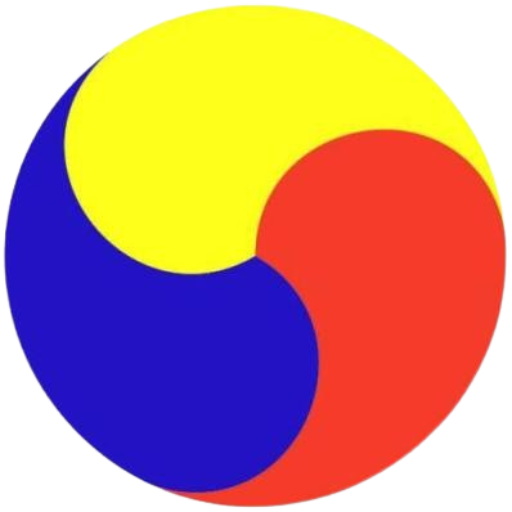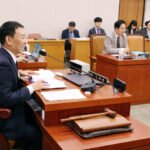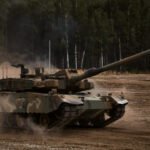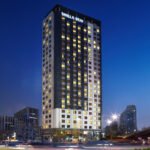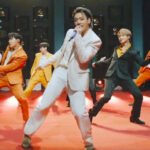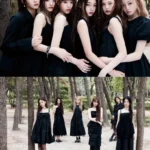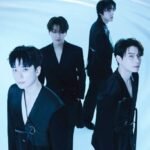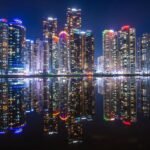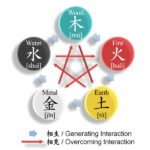A bird’s-eye view of LG Energy Solution’s battery production complex in Arizona (File photo, courtesy of LG Energy)
LG Energy Solution Ltd., the world’s third-largest electric vehicle cell maker, suspended the construction of a plant in Arizona for batteries used in energy storage systems (ESS) to slow down its investments amid the sustained weakness in the global EV industry amid sluggish demand.
The Tesla supplier has recently halted the building of a factory for lithium iron phosphate (LFP) pouch-type batteries for ESS while continuing to establish a facility for large-size cylindrical batteries with the 4680 form factor at the complex under construction in Queen Creek, according to company sources in Seoul on Friday.
LG Energy aims to convert some EV cell facilities in the US with lower utilization rates due to sluggish demand in the world’s third-largest clean vehicle market to produce ESS batteries, the sources said.
The South Korean company broke ground on the Arizona complex with annual capacities of 36 gigawatt hours (GWh) for cylindrical cells and 17 GWh for LFP ESS batteries in April, on which it had planned to spend 7.2 trillion won ($5.5 billion) for commercial operations from 2026.
The investment was estimated to shrink to 4.8 trillion won with the halt in the LFP battery plant construction, industry sources said.
“We determined to adjust the pace of scheduled investments and optimize the operation of the existing production facilities,” said an LG Energy official. “We have yet to decide when to resume the construction.”
The news pushed down LG Energy’s share prices to a record low of 322,500 won in the South Korean stock market. The stocks ended down 0.5% to 326,500 won, underperforming a 0.5% gain in the benchmark Kospi.
ESS BATTERY PRODUCTION AT EXISTING FACILITIES
LG Energy decided to accelerate the mass production of batteries for ESS at its existing US cell facilities such as a factory in Michigan with a capacity of 20 GWh a year to meet increasing demand in the country.
More customers reportedly asked LG Energy and its rivals to supply batteries for ESS as the US government banned Chinese products.
Battery makers do not need to spend much money and time to add production lines for ESS batteries, industry sources in Seoul said.
LG Energy participates in an ESS industry fair in Las Vegas in September 2023 (File photo, courtesy of LG Energy)
TO REUSE WASTE BATTERIES
LG Energy has recently launched a business to reuse waste batteries for ESS, according to the sources.
The company set up its first ESS system with a capacity of 50 megawatt hours (MWh) reusing waste batteries in Texas, which is under a verification process. That came after it developed an ESS container system based on waste batteries with a partner in North America last year.
“We will expand the waste battery ESS business in North America based on that,” said the LG Energy official.
EV batteries, which usually lose about 20% of charging performance after 10 years of use, can be recycled for clean vehicle cells or reused for ESS.
It requires less complicated technology to reuse EV batteries than to recycle them, which need to combine raw materials again after pulverizing waste batteries, industry sources said.
By Hyung-Kyu Kim
khk@hankyung.com
Jongwoo Cheon edited this article.
